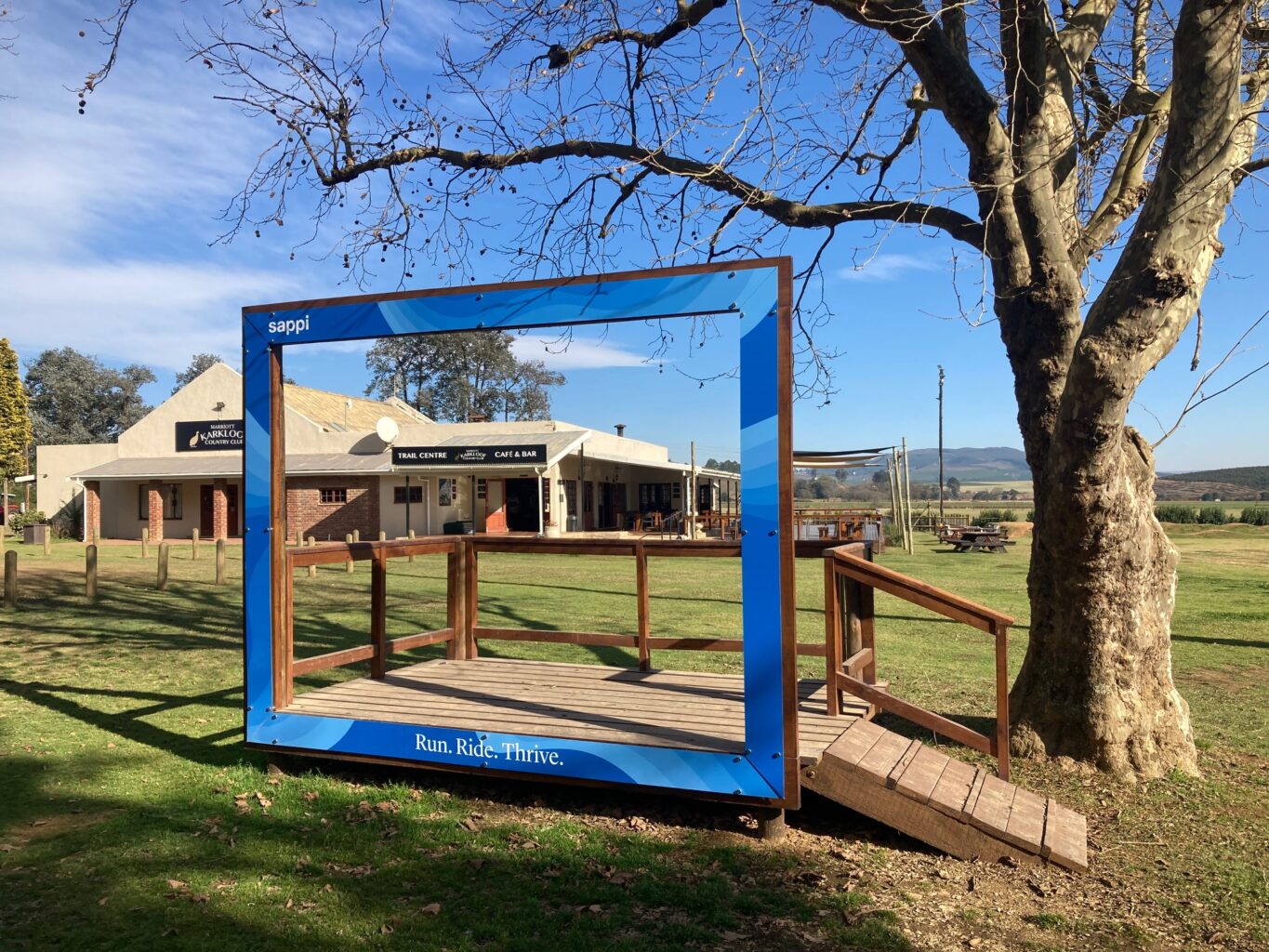Sappi, a significant land owner that permits the building and maintenance of mountain bike trails on its land, including iconic trails destinations, Karkloof and Tranquilitas, is always exploring ways to integrate with and boost the local socio-economic conditions. This feedback from a recent Business Impact Study with uMngeni Tourism, offers a perspective on the current status and the potential.
Paid partnership with Sappi
Understanding the socio-economic impacts of trails and trail sports is important. A demand side (visitors) study conducted by Tourism KZN on the Karkloof Classic Trail Festival in 2017 showed that the event created a combined direct and indirect economic impact of R234 million. To build on this study and further understand the supply side (tourism businesses) impacts, Sappi has recently partnered with uMngeni Tourism to conduct a Business Impact Study. The new study had a strong focus on trails but also included other Nature Based Tourism Activities and Attractions (NBTAA) in the uMngeni region.
Some of the key findings were as follows:
- It was calculated that the direct economic impact of the NBTAA supply side was in the region of R88 million.
- The estimated combined value of the NBTAA value chain was as much as R189 million from the demand side (tourists) and as much as R151 million from the supply side (tourism businesses).
- The total direct jobs (direct employment in tourism businesses) is estimated to be 513 jobs annually.
The results of the 2017 study have been used ever since for the purpose of attracting key investors to further develop tourism infrastructure, and other recreational facilities, in not only the Karkloof area, but in the surrounding municipality as well. The results of the study have also highlighted the importance of recreational facilities and NBTAA within a local (and semi-rural) municipality and have provided evidence on how the use of these facilities can lead to economic development and job creation.
In the ‘new normal’, it has become imperative to shift the way in which destinations market and develop themselves to appeal to and speak to the ‘new tourist’ or consumer. To do this successfully, one needs to create a foundation of knowledge and baseline data that will turn into key insights, that will ultimately contribute to strategic decision-making processes. This data came through surveys of tourism businesses in uMngeni. Some additional insights gained from the new study include:
- Most respondents also noted that they are aware of the Karkloof Country Club and Trails (95%), Howick Falls Precent (92%), and the Piggly Wiggly and Nelson Mandela Capture Site Trails (89%).
- Between 50% and 75% of the respondents are aware of the Umgeni Valley Nature Reserve (74%), Karkloof Falls Picnic Site (66%), Karkloof Conservation Centre and Bird Hides (58%), and Benvie Open Gardens (53%).
- Most respondents (68%) believe that the NBTAA are affordable, while 32% were unsure about their perceptions of affordability.
- 76% of the respondents believe that 50% or less of their patrons make use of the trail networks in the area.
So what does this data tell us? For one thing it indicates that although both the Karkloof and Piggly Wiggly trails have seen phenomenal growth in visitor numbers (trail users) in the past year or two, there is still significant growth potential if more tourism businesses and their patrons become better educated about NBTAA in the area. Business owners could promote these NBTAAs and particularly trails more actively to their patrons. Collective marketing is what made the Midlands Meander the most successful arts and craft route in SA. Perhaps it’s time to use that formula to make the uMngeni region, which includes the Midlands Meander, into the most successful nature based tourism destination in SA? The stats show that this is a worthwhile exercise to undertake and this will encourage a range of stakeholders to collaborate on making this a reality.


